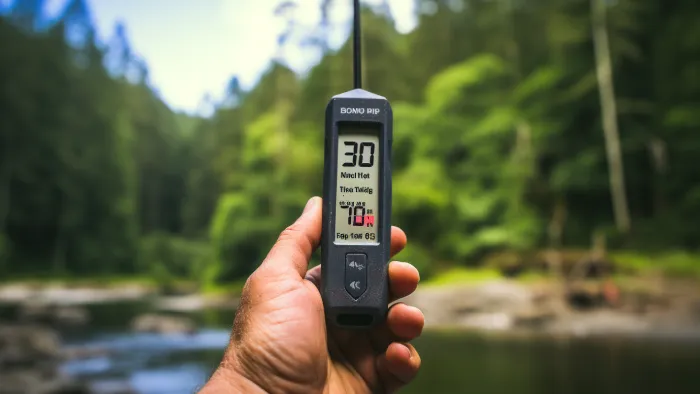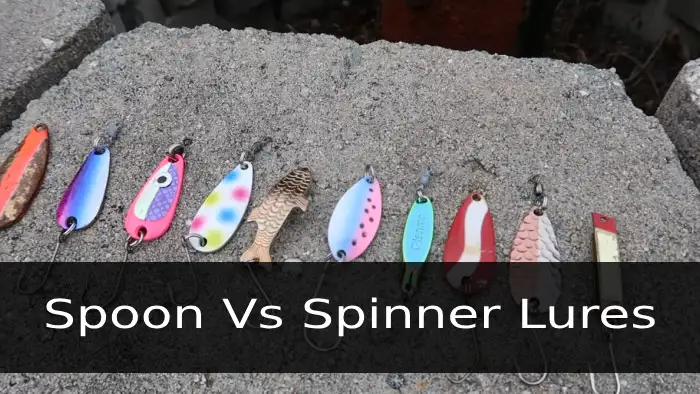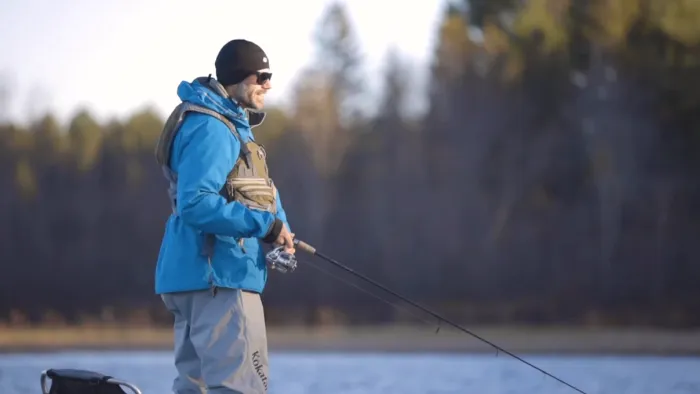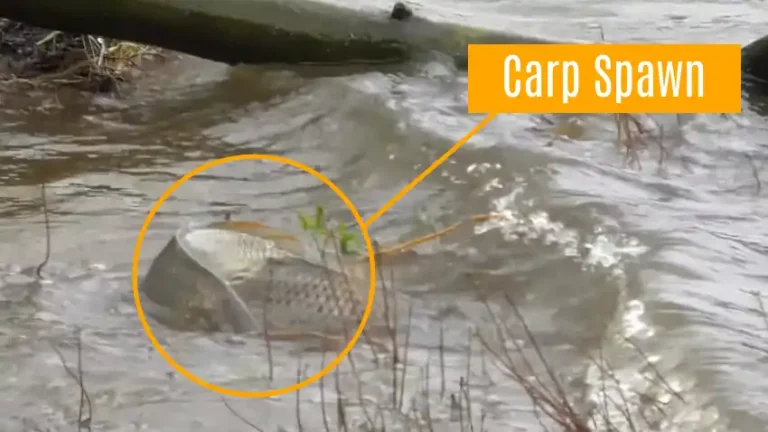Can I Use a Digital Thermometer to Check Water Temperature for Fly Fishing
Water temperature is an essential factor that affects fly fishing because it determines fish behavior and the type of fly and bait to use. Therefore, measuring water temperature is imperative for fly fishing enthusiasts. Hence, some anglers may still wonder if they can measure water temps by using digital thermometers
You can use a digital thermometer to check the water temperature for fly fishing. These thermometers are highly recommended for this purpose as they provide accurate readings and are designed to be waterproof.
Using a digital thermometer before fishing will help you make informed decisions and increase your chances of success. These thermometers are convenient to use, with clear digital displays that show the temperature instantly.
So, whether you are a beginner or an experienced angler, using a digital thermometer can greatly enhance your fly fishing experience. So no more relying on outdated methods or unreliable information. Continue reading and get ready to elevate your fly fishing game with this handy tool.
How to Use a Digital Thermometer to Check Water Temperature for Fly Fishing
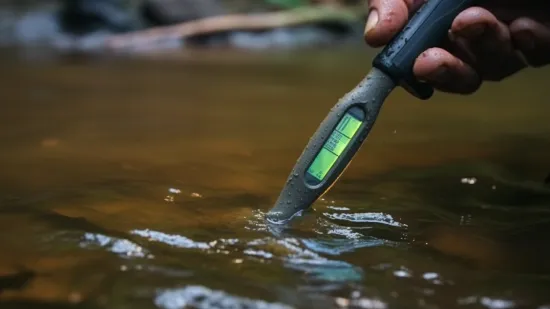
To accurately measure the water temperature for fly fishing, there are some proper steps you need to follow:
- STEP 1. Prepare the thermometer
- STEP 2. Attach the thermometer
- STEP 3. Select a suitable location
- STEP 4. Submerge the thermometer
- STEP 5. Allow time for adjustment
- STEP 6. Read the temperature
Let’s discuss these steps in detail:
STEP 1. Prepare the Thermometer
First, make sure your thermometer is suitable for measuring water temperature. Not all digital thermometers are designed to withstand contact with water, so choosing one specifically designed for water temperature monitoring is essential.
These thermometers are typically waterproof and have additional features that make them ideal for measuring water temperature accurately. Using a thermometer not designed for water can result in inaccurate readings and potentially damage the device.
STEP 2. Attach the Thermometer
Once you have selected the appropriate thermometer, ensure it is securely attached to prevent it from sinking and getting lost in the water. If your thermometer comes with a string or clip attachment, make use of it to secure the thermometer.
This is crucial as it ensures that the thermometer remains in place while you measure the water temperature. In bodies of water such as lakes or ponds, the depth can vary, and with proper attachment, the thermometer may sink to the bottom and become easier to retrieve.
Additionally, the current can cause the thermometer to be swept away in fast-moving water if it is not properly secured. By attaching the thermometer securely, you can ensure accurate and reliable temperature measurements throughout your water testing process.
STEP 3. Select a Suitable Location
Now that you’ve securely attached the thermometer, it’s time to select a suitable location for taking the water temperature. When choosing a location, consider a few factors:
- Look for a central and flowing area in the water body where you plan to fish. This could be a river, stream, lake, or pond.
- Avoid areas near inflows or outflows, as they may have extreme temperature variations that can affect the accuracy of your reading.
- Also, make sure the location is easily accessible and safe for you to reach.
STEP 4. Submerge the Thermometer
To accurately represent the overall conditions, turn on your thermometer and obtain the air temperature by positioning the thermometer in a shady area. A minimum of one minute should be allowed for the thermometer to adjust to the ambient conditions.
Then gently submerge the thermometer about two-thirds below the water’s surface. This depth is important to ensure the thermometer measures the true water temperature.
Keep the thermometer stable, especially if the water body has a strong current. By submerging the thermometer properly, you can obtain an accurate water temperature reading.
This information is essential for various purposes, such as monitoring aquatic ecosystems, assessing water quality, or determining the suitability of the water for certain activities.
STEP 5. Allow Time for Adjustment
Make sure you let the thermometer adjust to the water temperature for at least 1 minute, as this will ensure an accurate reading without any abrupt changes affecting its accuracy. Allowing the digital thermometer to equilibrate with the water temperature is crucial for obtaining reliable measurements.
Digital thermometers are designed to respond quickly to temperature changes but require a short adjustment period to accurately reflect the water temperature. During this time, the thermometer’s sensors will adapt to the surrounding temperature and provide a precise reading.
STEP 6. Read the Temperature
Ensure that you take note of the measurement displayed on the digital display after the thermometer has adjusted to the water temperature. The digital display will show the temperature in either Celsius (°C) or Fahrenheit (°F), so be aware of the unit of measurement being used.
Can I use a digital thermometer to check cold water temperature for fishing?
You can utilize a digital thermometer to determine cold water temperature for fly fishing. Digital thermometers are designed to provide reliable temperature measurements in various conditions, including hot and cold fluids.
Their sturdy construction makes them suitable for commercial and industrial environments, making them perfect for outdoor activities like fishing.
Whether you want to know the temperature of the water to find the right fishing spot or to ensure the safety of the fish you catch, a digital thermometer can help. Just make sure to choose a model with a temperature range that covers the temperatures you expect to encounter while fishing.
What type of digital thermometer is best for measuring fly fishing water temperature?
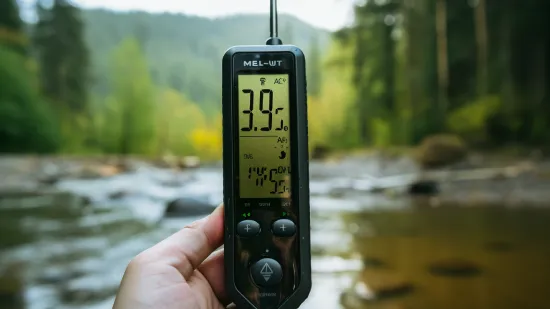
You’ll need a floating or submersible thermometer for the most accurate fly fishing water temperature measurement. While digital thermometers can be convenient for many purposes, they may not provide the same level of accuracy when measuring water temperature for fly fishing.
Floating or submersible thermometers are designed to withstand the water environment and provide precise readings. They are often made with waterproof materials and can float or be submerged, allowing you to get an accurate reading at different depths.
Also, these thermometers are calibrated to measure the temperature of cold water, which is crucial for fly fishing as different fish species have specific temperature preferences.
Which thermometer should not be used for measuring fly fishing water temperature?
Avoid relying on regular thermometers as they are not designed to accurately measure the water’s temperature for fly fishing. While regular thermometers may be suitable for measuring body temperature, they cannot detect or measure the cold water temperature required for fly fishing.
Instead, it is recommended to use a specialized thermometer specifically designed for measuring water temperature. These thermometers are equipped with waterproof casing and temperature range suitable for underwater measurements.
Why is measuring water temperature important for fly fishing based on states?
Knowing the water temperature is crucial for fly fishing in Idaho, Pennsylvania, or other cold states. Because it directly impacts fish behavior and helps you determine the most effective fly patterns and fishing techniques.
Water temperature affects how active and willing to feed fish are. When the water is colder, fish tend to be less active and may require you to use slower presentation techniques. In contrast, fish are more active when the water is warmer and more likely to strike at fast-moving flies.
Also, different types of fish have preferred temperature ranges, so knowing the water temperature can help you target the species you are after.
What’s the ideal water temperature for fly fishing?
The perfect temperature varies depending on the type of fish you’re targeting. For trout, they tend to be most active in temperatures ranging from 50°F to 65°F (10°C to 18°C). On the other hand, warmer-water species like bass prefer temperatures around 65°F to 68°F (18°C to 20°C).
These temperatures are optimal for the fish to be active and more likely to bite your fly. Remember that these are general guidelines, and different fish species may have slightly different preferences.
Using a digital thermometer can help you accurately measure the water temperature and increase your chances of success while fly fishing.
Can water temperature help me decide when to fish?
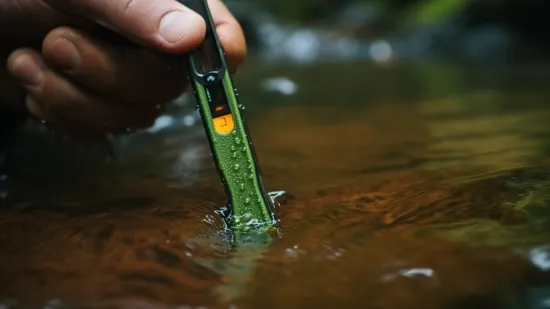
Monitoring the temperature of the water can help you determine the most opportune times for fishing. Fish are ectothermic, meaning the surrounding water regulates their body temperature. When the water temperature is within their preferred range, fish are more active and feed more aggressively.
For example, when water temperatures are cooler in the early morning and late afternoon, fish tend to be more active. This is because cooler water holds more oxygen, which fish need to breathe and thrive.
Achieve Fishing Success by Measuring Water Temperatures with a Digital Thermometer
Using a digital thermometer to check water temperature is a convenient and accurate method for fly fishing enthusiasts. It allows you to determine the ideal conditions for successful fishing and make informed decisions about when to fish.
One interesting statistic is that the optimal water temperature for fly fishing is typically between 50°F and 65°F. This range ensures that the fish are active and feeding, increasing your chances of a successful catch.So, next time you plan a fly fishing trip, remember to bring your digital thermometer to help you find the perfect fishing spot.

